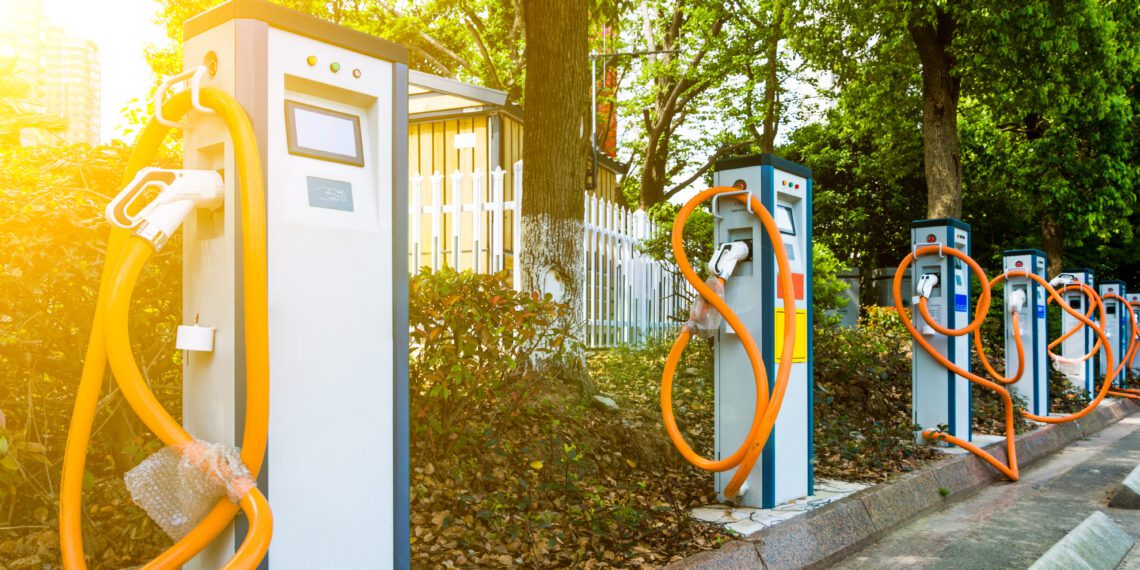The COP26 climate conference in Glasgow, Scotland, recently highlighted the sheer magnitude of the global commitment to 100% zero-carbon vehicle sales by 2040. Over 150 entities signed a declaration stating they are dedicated to eliminating the sale of fossil-fuel-powered cars. This indicates that the demand for lithium and nickel, which are key components in electric vehicles (EVs), is growing at an exponential rate. Essential battery metals, particularly lithium and nickel, are at the epicentre of the drive to attain a green global fleet, resulting in mounting pressure on supply chains.
Alongside the need to rapidly increase the supply of battery metals, there is also a requirement to source environmentally friendly solutions to getting these materials out of the ground, as conventional methods of sourcing lithium and nickel have a significant carbon footprint.
Global innovation required
The reality of the declaration means that vehicles sold in 2040 will require approximately 8,400 GWh of lithium-ion batteries and subsequently seven million tonnes of lithium annually, according to estimations by Benchmark Mineral Intelligence. The reporting agency stated that this equates to about 17 times the amount of lithium forecast to be generated in 2021 worldwide. With this enormous feat looming, mining companies around the world are having to think of innovative solutions.
Canada, an important car manufacturing nation, is one of the prominent signatories of the declaration. One homegrown mining company, Canada Nickel (TSXV: CNC) is exploring large-scale extraction and production alternatives. According to the company, it is advancing the next generation of high quality, high potential nickel-cobalt projects to deliver the metals needed to power the EV revolution.
The company has created a wholly-owned subsidiary, NetZero Metals, to begin the research and development of a processing facility to be located in the Timmins region of Ontario, with the goal of utilizing existing technologies to produce zero-carbon nickel, cobalt, and iron products at a rapid pace. Mark Selby, Canada Nickel’s chairman and CEO, said, “The electric vehicle industry and many other consumer sectors needs zero-carbon metal this decade – not in a nebulous 2050 timeframe contemplated by many other resource companies.”
Other companies are looking to South America, which is home to some of the largest lithium projects in the world and is responsible for 40% of the world’s lithium production and 90% of the world’s lithium brine production.
One such organization is lithium developer Lake Resources (ASX: LKE), which is harnessing the region’s lithium riches at its flagship Kachi project, alongside three other projects in Argentina. Lake’s pre-feasibility study on the Kachi project indicates the potential for large, long-life low-cost operations. The company hopes this will provide a more realistic foundation to cope with the monumental demand in lithium production needed for future EV production.
Another explorer, Neo Lithium (TSXC: NLC) has been establishing a new site for efficient and high-speed lithium production since 2015. It has recently orchestrated a huge lithium brine project in Catamarca, Argentina.
The project, named 3Q, is one of the largest and highest-grade projects of its kind in the world. As reported by The Assay earlier this year, since the completion Neo Lithium’s previous mineral resource estimate in July 2018, the company has continued drilling and has revised the statistical criteria to define measured, indicated, and inferred resources. Using the new drill holes and revised statistical criteria, the measured and indicated mineral resource categories have increased by 125%. The company’s CEO, Waldo Perez, said, “These updated results confirm that 3Q project is one of the most significant lithium brine discoveries in recent history.”
Searching further afield
Some companies have dedicated their efforts to exploring other countries and regions. ION Energy (TSXV: ION), for example, is moving beyond the traditional hot spots for lithium mining, i.e. Canada, Australia, and South America, and is instead focusing its attention on Mongolia. The company has acquired one of the largest exploration licences in the country and believes it is set to become a significant player in Asia’s booming lithium market.
ION Energy says it recognizes the untapped and unlimited potential for lithium in Mongolia, noting that southern neighbour China is the world leader in manufacturing lithium batteries and continues to outpace the globe in demand for EVs. The company’s Baavhai Uul Project has shown significant initial drilling results, and the expanded exploration programme will undertake the first-ever drilling for lithium salars in the country.
Companies striving to explore further away from the already well-established lithium extraction areas are offering new opportunities to source the necessary battery metals for a zero emission future, according to Matthew Wood, ION Energy’s co-founder and chair.
“We are excited to have identified vast potential for lithium in Mongolia, an economy that has been growing exponentially, while our world is poised for a move away from fossil fuels towards cleaner energy sources. Mongolia is well positioned to supply the major markets of the world and ION Energy’s vision is to help fulfil that by exploring and developing all of the lithium brine assets in-country,” Mr Wood said.
Producing enough sustainable lithium for the global transition to EVs will be a mammoth task. However, with key players in the nickel and lithium game turning their attention to sustainable sourcing alternatives, it could be an attainable goal for future mining companies that follow suit.












